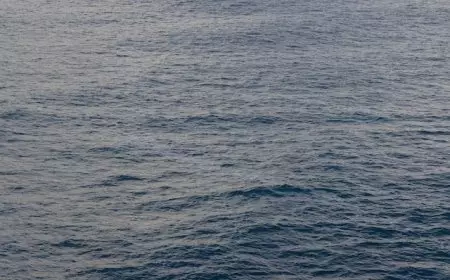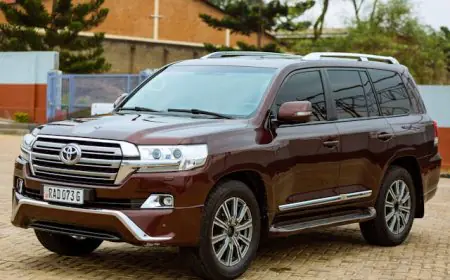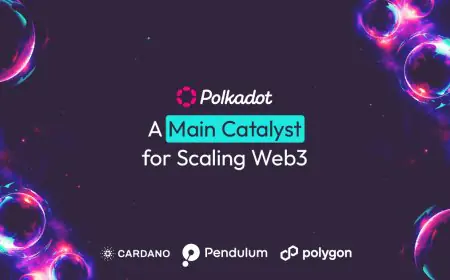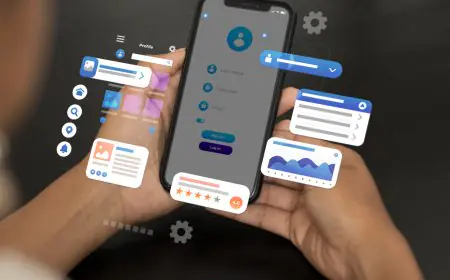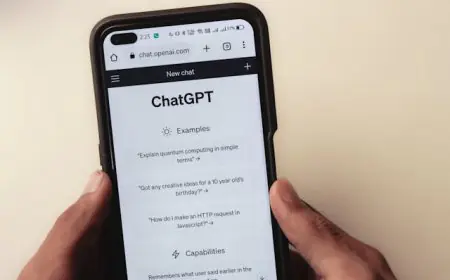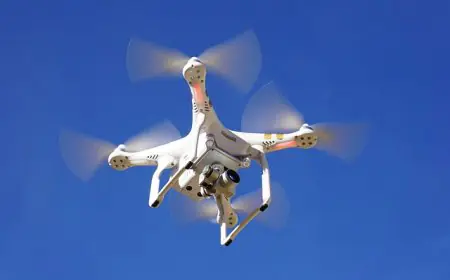ISRO launches Aditya-L1, India's first solar observatory project
At 11.50 a.m., the Polar Satellite Launch Vehicle (PSLV) departed from Sriharikota's Satish Dhawan Space Centre with the Aditya-L1 aboard.
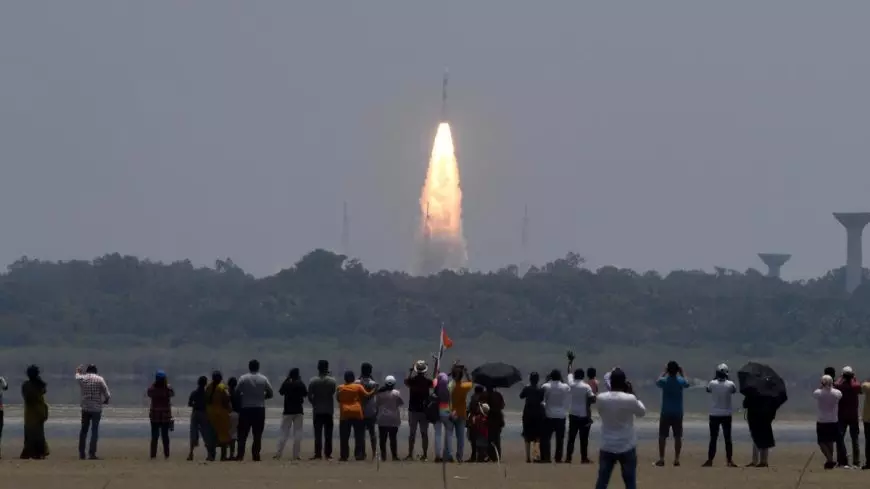
The Indian Space Research Organisation (ISRO) launched Aditya-L1, India's first solar observatory mission, on September 2. At 11.50 a.m., the Polar Satellite Launch Vehicle (PSLV), in its 59th launch with the Aditya-L1 aboard, lifted off from Sriharikota's Satish Dhawan Space Centre.
The PSLV launched the Aditya-L1 spacecraft at 12.53 p.m., placing it in a very eccentric orbit around the Earth, about 63 minutes after liftoff. The workhorse launch vehicle used by ISRO has one of its longest flights in recent memory.
Aditya-L1 will remain in orbit above the planet for 16 days after launch, during which time it will perform five maneuvers to obtain the necessary velocity for its lengthy ascent toward the sun.
Aditya-L1 will next carry out a Trans-Lagrangian1 insertion operation, which will launch its 110-day trajectory to the location around the L1 Lagrange point. Once reached the L1 point, another maneuver locks Aditya-L1 into an orbit around L1, which is the location of balanced gravitational pull between the sun and the earth.
To get to L1, the spacecraft will maneuver in orbit using its Liquid Apogee Motor (LAM) engine.
Aditya-L1 will maintain a distance of 1.5 million kilometers (1%) of the distance between the Earth and the sun from the planet.
Aditya-L1 has a five-year mission life, during which time its payloads should deliver the most important data to comprehend the issue of coronal heating, coronal mass ejection, pre-flare and flare activities, and their characteristics, dynamics of space weather, and propagation of particles and fields.
Seven Payloads
The seven payloads onboard Aditya-L1 are Visible Emission Line Coronagraph (VELC); Solar Ultraviolet Imaging Telescope (SUIT); Solar Low Energy X-ray Spectrometer (SoLEXS); High Energy L1 Orbiting X-ray Spectrometer (HEL1OS); Aditya Solar wind Particle Experiment (ASPEX); Plasma Analyser Package For Aditya (PAPA); and Advanced Tri-axial High-Resolution Digital Magnetometers.
Aditya-L1's solar panels have been deployed, and the spacecraft is now producing electricity.
"The Aditya-L1 spacecraft has been injected in an elliptical orbit of 235 km by 19,500 km, which is as intended, very precisely by the PSLV," stated ISRO Chairperson S. Somanath following the launch. This mission is unusual. The Aditya-L1 will set out on its journey right away. It will begin its trek toward the L-1 point after a few maneuvers. A 125-day voyage is incredibly long.
Its orbit will be raised for the first time on September 3 at approximately 11.45 a.m.
After Chandrayaan-3's success, India resumed its spaceflight. ISRo's scientists and engineers deserve praise for the successful launch of Aditya-L1, India's maiden solar mission. After the successful launch, Prime Minister Narendra Modi posted on X (previously Twitter) that "our tireless scientific efforts will continue to develop a better understanding of the Universe for the welfare of entire humanity."
Jitendra Singh, the Union Minister of State for Science and Technology (independent charge), congratulated ISRO and stated, "Congratulations India, congratulations ISRO... and like the whole world watched this with bated breath, it is indeed a sunshine moment for India."
The Visible Emission Line Coronagraph (VELC) satellite's seven payloads are called Aditya-L1.
- SUIT, short for Solar Ultraviolet Imaging Telescope
- SoLEXS, or Solar Low Energy X-ray Spectrometer
- HEL1OS, or High Energy L1 Orbiting X-ray Spectrometer
- ASTEX, the Aditya Solar Wind Particle Experiment
- PAPA, or Plasma Analyzer Package for Aditya
- Remote Sensing Payloads for Advanced Tri-axial High-Resolution Digital Magnetometers
The Visible Emission Line Coronagraph (VELC), one of the four remote sensing payloads, is "the prime payload designed as a reflective coronagraph with a multi-slit spectrograph." Every day, 1,440 photos of the Sun will be sent by the payload to a ground station on Earth for analysis and study of the targeted orbit.
Another payload to capture images of the "solar disc in the near ultra-violet wavelength range" is the Solar Ultraviolet Imaging Telescope (SUIT).
The Solar Low Energy X-ray Spectrometer (SoLEXS), the third payload or instrument, is intended to "measure the solar soft X-ray flux to study solar flares".
The High Energy L1 Orbiting X-ray Spectrometer (HEL1OS), another observatory, will research solar flares in high-energy X-rays while also monitoring the Sun.
Integrated Payloads
Aditya-L1's in-situ payload, the Aditya Solar Wind Particle Experiment (ASPEX), is made up of two subsystems: the Suprathermal and Energetic Particle Spectrometer (STEPS) and the Solar Wind Ion Spectrometer (SWIS). The low-energy spectrometer SWIS will monitor the solar wind's proton and particles, while the high-energy spectrometer STEPS will measure the solar wind's high-energy ions.
Only at JioSaavn.com can you listen to the most recent music.
Scientists will be able to better comprehend solar winds and their makeup thanks to the PAPA equipment, which stands for Plasma Analyzer Package for Aditya. Additionally, it will analyze the solar wind ions' masses.
Send in a remark
The "low intensity interplanetary magnetic field in space" will be measured by the advanced triaxial high-resolution digital magnetometers. There are two sets of magnetic sensors on the instrument, one at the end of a deployable boom that extends six meters and the other in the middle of the boom, about three meters from the spacecraft.
What's Your Reaction?













